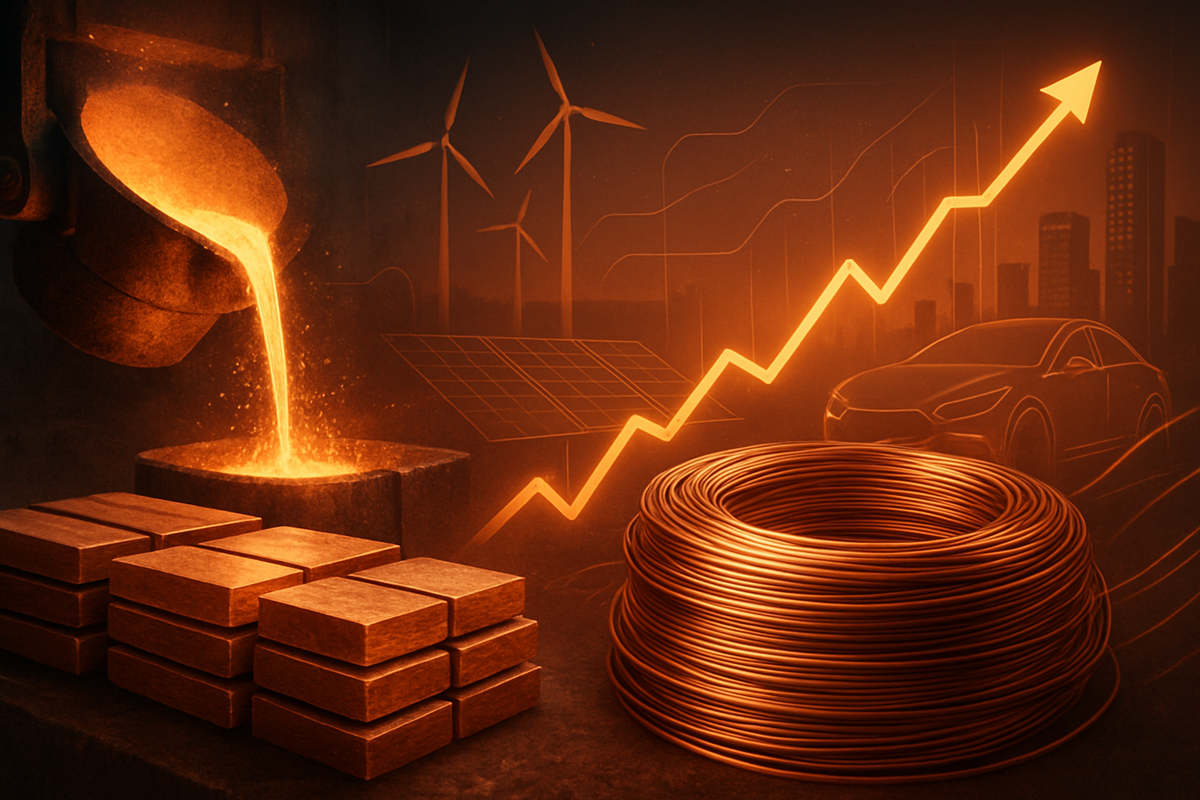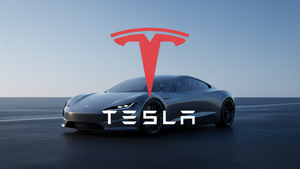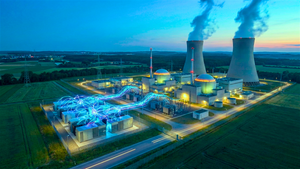
London, UK – October 14, 2025 – The global copper market is poised for an unprecedented surge, with projections indicating it will cross a staggering USD 456.61 billion by 2034. This monumental growth, driven by the relentless march of electrification and the global green energy transition, signals a transformative decade ahead for industries worldwide. Currently valued at approximately USD 242.11 billion in 2024, the market is expected to expand at a robust Compound Annual Growth Rate (CAGR) of 6.55% from 2025 to 2034, fundamentally reshaping supply chains, investment strategies, and geopolitical dynamics.
This anticipated boom in copper demand underscores the metal's indispensable role in modern society, particularly as the world accelerates its shift away from fossil fuels. From electric vehicles to sprawling renewable energy farms and advanced electronics, copper's superior conductivity and durability are making it the backbone of the future economy. The implications are far-reaching, promising significant opportunities for mining giants while simultaneously posing cost and supply chain challenges for a vast array of copper-reliant manufacturers.
The Electrification Epoch: Unpacking Copper's Growth Drivers
The ambitious projection of the global copper market reaching USD 456.61 billion by 2034 stems from detailed analysis by firms such as "Towards Chemical and Materials," a sister entity of Precedence Research. This growth trajectory is not merely speculative but is anchored in several powerful, interconnected global trends.
Foremost among these drivers is the Green Energy Transition and Electrification. Copper is a cornerstone of renewable energy infrastructure. Solar photovoltaic systems and wind turbines, for instance, demand substantial quantities of copper per megawatt of capacity. The widespread push for electrification, extending beyond power generation to grid upgrades and energy storage, ensures a sustained and escalating need for the metal. Alongside this, the explosive growth in Electric Vehicles (EVs) represents a critical demand catalyst. An average EV requires two to four times more copper than a traditional internal combustion engine vehicle, spanning batteries, wiring, motors, and inverters. The rapid build-out of EV charging infrastructure further amplifies this demand.
Beyond the green revolution, traditional sectors continue to bolster copper's prospects. Construction and Infrastructure Development, particularly in rapidly urbanizing emerging markets, remains a primary consumer. Copper is essential for electrical wiring, plumbing, and roofing in residential, commercial, and industrial constructions. Large-scale infrastructure projects, from smart cities to improved transportation networks, inherently rely on copper. Lastly, continuous Technological Advancements and Industrial Demand across electrical, electronics, and industrial machinery sectors leverage copper's unique properties, ensuring its critical role in innovation. These robust demand drivers are also occurring against a backdrop of persistent supply challenges, including declining ore grades and slow new mine development, which are contributing to upward price pressures and a forecasted supply deficit.
Mining Giants Poised for Gains, Manufacturers Face Headwinds
The projected copper market expansion presents a bifurcated outlook for public companies: a potential windfall for major mining corporations and a significant cost challenge for industries heavily dependent on the metal.
Leading copper mining companies are unequivocally positioned to be primary beneficiaries. Giants like Codelco, the state-owned Chilean behemoth, alongside publicly traded entities such as BHP Group (ASX: BHP), Freeport-McMoRan Inc. (NYSE: FCX), Glencore PLC (LSE: GLEN), and Southern Copper Corporation (NYSE: SCCO), are set to see increased revenues and profitability. These companies, which collectively supply a significant portion of global output, are incentivized to expand existing operations, invest in new projects, and accelerate exploration efforts. European player KGHM Polska Miedz (WSE: KGH), with its substantial resource base, and Teck Resources (TSX: TECK.A) from Canada, which is aggressively expanding its copper output, are also well-placed. Even China Minmetals (HKG: 1208) through its subsidiaries, stands to benefit from its mining assets. However, these miners still face operational hurdles, including declining ore grades, rising energy costs, and stringent environmental permitting, which could temper production increases.
Conversely, companies heavily reliant on copper as a raw material face potential headwinds. EV manufacturers such as Tesla (NASDAQ: TSLA), BYD (HKG: 1211), and Volkswagen (XTRA: VOW3) will grapple with increased raw material costs, potentially squeezing profit margins unless these costs can be effectively passed on to consumers. Similarly, Renewable Energy Infrastructure Developers like Siemens Energy (XTRA: ENR), Vestas (CPH: VWS), Orsted (CPH: ORSTED), First Solar (NASDAQ: FSLR), and JinkoSolar (NYSE: JKS) will see project costs rise, impacting the economics of new solar and wind farm developments. Electronics firms like Samsung (KRX: 005930), Apple (NASDAQ: AAPL), Intel (NASDAQ: INTC), and TSMC (NYSE: TSM) will also feel the pinch from higher copper prices for components like printed circuit boards and wiring. These companies will need to strategically adapt, exploring material substitution, optimizing supply chains, investing in copper recycling initiatives, or adjusting product pricing to maintain profitability and market competitiveness.
A Wider Lens: Geopolitical Shifts and Green Imperatives
The burgeoning copper market is more than an economic phenomenon; it's a critical component of broader industry trends and geopolitical shifts. This growth is inextricably linked to the global push for decarbonization and electrification, marking a fundamental transformation of industrial societies. As nations strive to meet climate targets, copper becomes a strategic resource, elevating its importance in international trade and diplomacy.
The ripple effects extend across industries. Competition for copper resources is intensifying, leading to potential supply chain vulnerabilities and prompting nations and corporations to rethink their sourcing strategies. This could accelerate investments in recycling technologies and the development of new, more efficient copper extraction methods. Regulatory bodies are also taking note; in Europe, the Critical Raw Materials Act (CRMA) exemplifies efforts to secure domestic supply chains and reduce reliance on external sources for strategic minerals like copper. Historically, commodity booms have often been followed by periods of oversupply, but the unique, sustained demand drivers of the green transition suggest a potentially different trajectory for copper, with robust demand projected for the foreseeable future. However, historical precedents also warn of price volatility and the need for agile market responses.
The Road Ahead: Navigating Opportunities and Challenges
Looking ahead, the global copper market faces both immense opportunities and significant challenges. In the short term, expect continued price volatility as market sentiment reacts to mining output, geopolitical events, and macroeconomic indicators. However, the underlying demand from electrification and green energy will likely provide a strong floor for prices. Longer term, the market will be shaped by the success of new mine developments, technological advancements in extraction and processing, and the efficacy of recycling initiatives.
Strategic pivots will be crucial. Mining companies will need to balance increased production with sustainable practices, investing in technologies that reduce environmental impact and improve efficiency. For copper-reliant industries, innovation in material science to explore viable substitutes, coupled with robust supply chain management and increased investment in circular economy models for copper, will be paramount. Market opportunities will emerge in areas like advanced recycling technologies, efficient copper-use product design, and strategic partnerships across the value chain. Challenges will include securing capital for new, often complex mining projects, navigating environmental regulations, and managing potential social license to operate issues in mining regions. Ultimately, the coming decade will demand adaptability, innovation, and strategic foresight from all stakeholders in the global copper ecosystem.
Copper's Enduring Legacy: A Foundation for the Future
The projected growth of the global copper market to over USD 456 billion by 2034 is a testament to the metal's enduring and increasing significance in the modern world. It highlights a fundamental shift in global industrial demand, driven by the imperative of climate action and technological progress. The key takeaway is clear: copper is not merely a commodity; it is a strategic asset, essential for building the infrastructure of a decarbonized and electrified future.
Moving forward, the market will be characterized by a delicate balance between surging demand and the inherent complexities of increasing supply. Investors should closely watch developments in major copper-producing regions, particularly regarding new mine projects and potential regulatory changes. The success of recycling initiatives and the emergence of innovative material solutions will also be critical factors influencing long-term market stability and pricing. As the world embarks on its green transformation, copper stands ready to play a foundational role, shaping economies and industries for decades to come.
This content is intended for informational purposes only and is not financial advice





